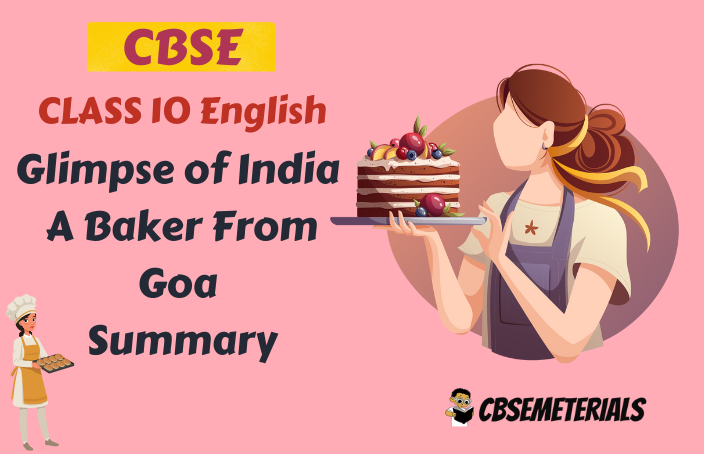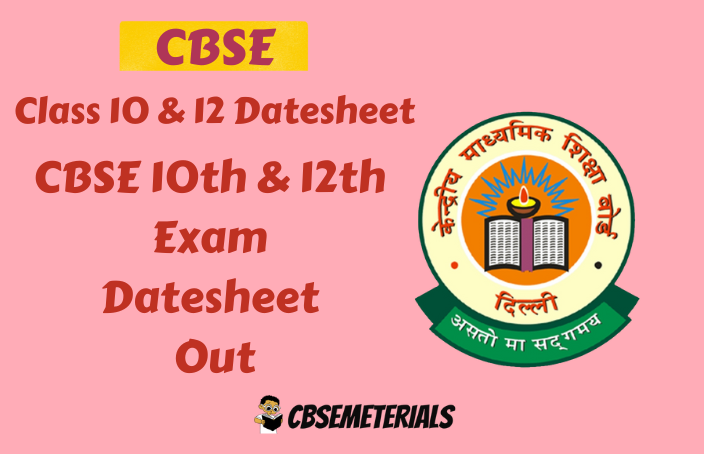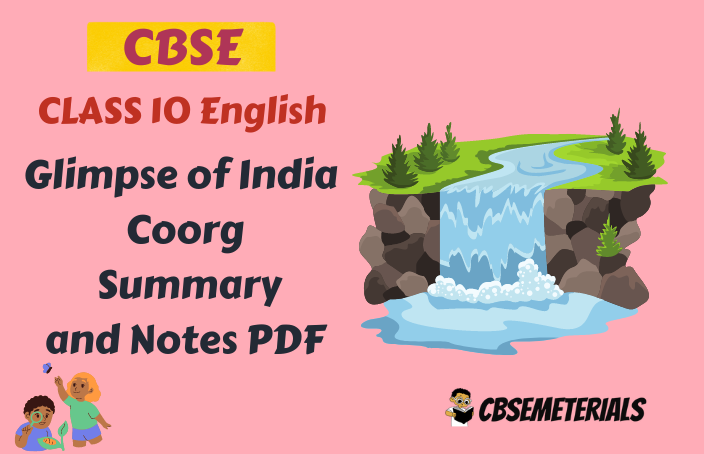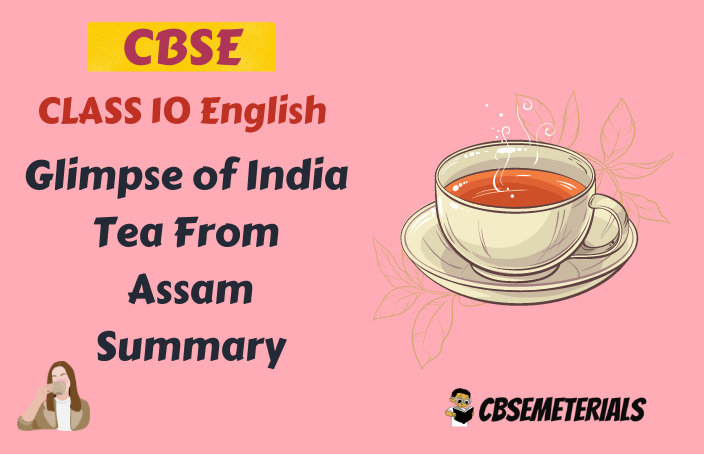Hello Guys My Name is Ayan From CBSEMeterials – Free CBSE Study Meterials and Today I am going to share Novels Society and History Class 10 History Notes For Free and Which Helps you in Getting Good Marks in CBSE Class 10 History Chapter 6 Summary . You can also download Novels Society and History Class 10 History Notes PDF For Free of Cost. So without further ado
Contents
hide
TOPIC-1
Emergence of the Novel in the West
Quick Review
- The novel provided freedom in terms of writing style.
- The first object that was sold in large quantities was the novel.
- The “Pickwick Papers” by Charles Dicken was published in serial form in a journal in 1836.
- In his books, Charles Dickens mostly addressed the appalling realities of urban life under industrial capitalism.
- The vast majority of the book’s readers were urban dwellers.
- The book served as a link between the rural and urban areas.
- The language of the book was regional.
- The involvement of women was the novel’s most thrilling component.
- The female novelists had an open mind.
- Young boys loved adventure-filled books.
- Early books gave readers a sense of belonging to an elite group of fellow colonists.
- Novel writing started in the 17th century but really took off in the 18th.
- Famous 18th-century novelists include Samuel Richardson, Walter Scott, and Henry Fielding.
- The 1838 book “Oliver Twist” by Charles Dickens is a classic.
- Germinal, written by Emile Zola in 1885, is centred on the deplorable circumstances of miners’ lives.
- It was quite common to write love stories for teenage girls, such as Helen Hunt Jackson’s “Ramona” and Sarah Chauncey Woolsey’s “What Katy Did” series.
- Novels by authors like Joseph Conrad depicted the darker aspect of colonial occupation.
Class 10 History Other Chapters
Important Novels :
| Novels | Authors |
|---|---|
| Treasure Island | Robert Louis Stevenson |
| Ramona | Helen Hunt |
| Jungle Book | Rudyard Kipling |
| What Katy Did | Sarah Chauncey Woolsey |
| Novels | Authors |
|---|---|
| Germinal | Emile Zola |
| Major of Caster bridge | Thomas Hardy |
| Robinson Crusoe | Daniel Defoe |
| Jane Eyre | Charlotte Bronte |
| A tale of Two Cities, David Copper field | Charles Dickens. |
Flowchart
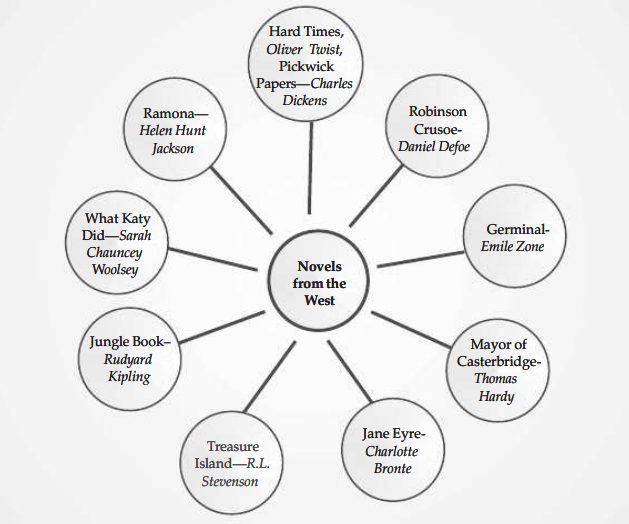
Important Terms of Class 10 History Chapter 8
- Epistolary: A string of letters has been written.
- Vernacular: The tongue used by a specific region or population.
- Serialised: A publishing format where a story is published in parts, each in a separate journal issue.
- Satire: A hilarious means of criticising someone or something.
- Gentlemanly classes: People with noble birth claims and high social status. They were expected to model appropriate behaviour.
The Age of Industrialization Class 10 Notes
- [Part 1] The Age of Industrialization Class 10 Notes
- [Part 2] The Age of Industrialization Class 10 Notes
Important Dates
- 1719: The book “Robinson Crusoe” by Daniel Defoe was released.
- 1740: In Europe, lending libraries were established.
- 1749: Published was “Tom Jones” by Henry Fielding.
- 1828: Leo Tolstoy, a well-known Russian author, was born.
- 1836: Pickwick Papers by Charles Dicken was serialised in a magazine.
- 1838: The novel “Oliver Twist” by Charles Dickens was released.
- 1854: In his book “Hard Times” Clarles Dickens described the disastrous impacts of industrialisation on people’s lives and fictional characters.
- 1883: The book “Treasure Island” by R.L. Stevenson was released.
- 1885: The bleak circumstances of miners’ lives are shown in Emile Zola’s “Germinal.”
- 1886: The Mayor of Casterbridge by Thomas Hardy was released.
TOPIC – 2
Emergence of the Novel in India
Quick Review of Novels Society and History Notes
- An early example of prose storytelling can be found in Banabhatta’s “Kadambari,” which was written in Sanskrit in the seventh century.
- In the nineteenth century, India was the birthplace of the modern novel.
- Bengali and Marathi were the languages used to write some of the earliest Indian novels. “Yamuna Paryatan” (1857) and “Muktamala” are two examples (1861).
- The popularity of the novel was spread through translations into several regional tongues.
- During the colonial era, novels appeared in South Indian languages.
- The first modern novel written in Malayalam was titled “Indulekha.”
- In 1878, Kandukuri Virensalingam published his first Telugu book, “Rajasekhara Caritamu.”
- “Pariksha-Guru” was the title of Srinivas Das’s first contemporary book, which was released in 1882.
- “Chandrakanta” was one of Devaki Nandan Khatri’s most well-known books.
- Premchand is best known for his novels, particularly “Rangbhoomi” and “Godan.”
- Sewa Sadan, another well-known book by Premchand, was published.
Important Points
- Vernacular literature was a great way to learn about Indian culture and customs.
- Up to twenty-two copies of detective and mystery books were printed in Tamil.
- Women started to create novels as well. Their primary focus was on love stories.
- ‘Sultana’s Dream‘ is a satirical fantasy written in English by Rokeya Sakhawat Hossein
- The novel “Padmarag” by Rokeyya Hossein emphasized the need for women to change their circumstances on their own.
- According to reports, Hannah Mullens’ “Karuna O Phulmonir Bibaran” was the first Bengali book.
- The only reason Sailabala Ghosh Jaya could write was because her husband looked out for her
- A significant critique of caste discrimination is made in the book “Saraswativijayam” by North Kerala author Potheri Kunjambu.
- The epic “Titash Ekti Nadir Naam” by Advaita Malla Burman is about the Mallas.
- Early Muslim author Vaikkom Muhammad Basheer was well-known.
- ‘Anguriya Binimoy‘ by Bhudeb Mukhopadhyay was the first historical novel in Bengali.
- Anandamath, a book by Bankim, served as inspiration for numerous independence fighters.
Important Indian Novelist and their works :
| Novel Name | Writters |
|---|---|
| Titash Ekti Nadir Naam | Advaita Malla Burman |
| Saraswativijayam | Potheri Kunjambu |
| Anandmath | Bankim Chandra Chattopadhyay |
| Pariksha Guru | Shrinivas Das |
| Godan | Prem Chand |
| Sultana’s Dream | Rokeya Hossein |
Flowcharts of Novels Society and History Notes
![Novels Society and History Class 10 History Notes | Novels Society and History Class 10 Notes PDF 2 [Part 2] Novels Society and History Notes | Novels Society and History Class 10 Notes PDF](https://wnqc9ylvi4dq.cdn.shift8web.com/wp-content/uploads/2022/12/Screensho5.png)
Important Terms of Novels Society and History Notes
- Bhadralok : A Bengali term that means gentleman.
- Colonialism : Policy of colony acquisition or maintenance.
- Meyeli : A tongue used by Bengali females.
- Kissa-goi : Storytelling is an art.
- Fantasy : Imaginative writing or composition that uses fictional characters, etc.
- Epic : A lengthy poem detailing the exploits or successes of a hero or a country.
- Gentlemanly classes : People with aristocratic birthrights and great social status. They were expected to model appropriate behavior.
- Historical novel : The book using historical events as its basis.
- Dastan : Persian and Urdu have a long history of writing heroic and adventurous stories in prose.
- Jatra : Dramatic presentation in public theaters. In Bengali rural society, it is particularly well-liked.
- Protagonist : The protagonist of a drama, movie, or novel.
- Slave trader : A dealer in slaves who buys and sells them.
- Pen-name : Fictitious name adopted by a writer only for the purpose of writing anonymously.
- Kabirlarai : A Bengali term for extempore poetry competitions between poets.
Important Dates
- 1857 : Yamuna Paryatan, a Marathi novel by Baba Padmanji, was released.
- 1857 : The first historical novel written in Bengal, “Anguriya Binimoy,” by Bhudeb Mukhopadhyay, was published.
- 1865 : “Durgeshnandini,” a book by Bankim Chandra Chattopadhyay, was released.
- 1878 : The Telugu novel “Rajasekhara Caritamu” by Kandukuri Viresalingam was released.
- 1882 : Das’s first book in Hindi, “Pariksha Guru,” was released.
- 1882 : Anandmath, a book by Bankim Chandra Chattopadhyay that motivated independence warriors, was published.
- 1889 : The first contemporary novel in Malayalam, “Indulekha,” by O. Chandu Menon, was published.
- 1892 : Saraswati Vijayam is a well-known book written by North Keralan Potheri Kunjambu, a member of a lower caste.
- 1905 : “Sultana’s Dream,” a satirical fantasy by Rokeya Hossein, was written in English.
- 1916 : The book “Sewasadan” by Premchand was released.
- 1936 : The novel “Godan,” written by Premchand, was published and quickly rose to fame.
- 1956 : The epic “Titash Ekti Nadir Naam,” written by Advaita Malla Burman about the Mallas, a group of fisherman, was released.
Conclusion
Thank You for Reading Novels Society and History Class 10 History Notes. I Hope the Class 10 History Chapter 8 Notes PDF Solution Created by Cbsemeterials.com Team May Found Helpful for Your Class 10 Exam Preparation. If Found Any Error or Suggestion Please to Let Us Know
